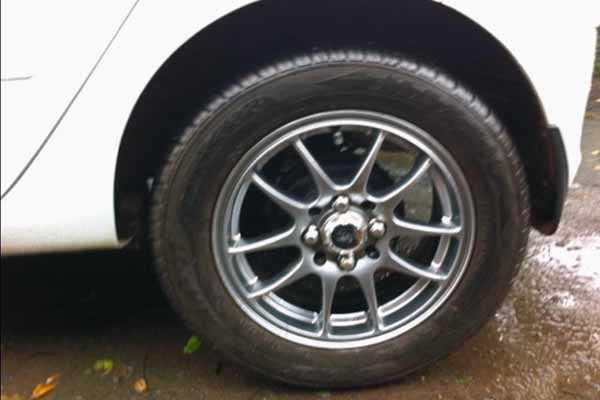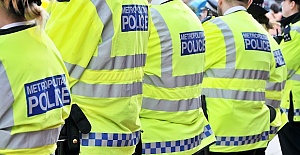A number of premises have been issued prohibition notices ordering them to stop trading because their vehicles were not road worthy and the council has also issued advice and guidance to motorists on what to look out for when buying a used car. Enfield Council’s Cabinet Member for Environment and Community Safety, Cllr Chris Bond, said: “Enfield Council is committed to protecting motorists and want to raise standards amongst traders. Most traders are responsible but we are dealing with the small minority that cause unnecessary annoyance to innocent people. “It’s important that people protect themselves from buying anything faulty or illegal as people spend a lot of money on a car and we don’t want them to waste their money or feel fooled by anyone.”
Setting your budget
Before you think about which car to buy, you’ll need to work out how much you have to spend.
• Work out how much your current car is worth, and whether you will sell it privately or part-exchange it with a dealer
• Decide on whether you need to take out finance
• Calculate how much your fuel, insurance and road tax costs are likely to be
Choosing the right car
With more choice than ever, choosing your perfect car can be a bewildering process. Make sure you spend some time working out what you need from your car. Think about:
• What the car will be used for
• How many passengers will be regularly carried
• How much will it cost to fuel, tax, insure, service and repair
Contacting the seller
Your first contact with a seller can reveal a lot of valuable information about the car, so it’s important you ask the right questions.
• Ask thorough questions about the car, its past and its condition
• Arrange to view a private sale at the seller’s house, and a trade sale at their premises
• Always view the car in daylight, and preferably when it’s dry to make it easier to spot damage
Inspecting a used car
You don’t need to be a mechanic to inspect a used car, but there are a few golden rules.
• Get a car history check to establish if the car has any outstanding finance, has been stolen or written off
• Examine the car’s documents – logbook, service history and previous MOT certificates – to spot if the car has been clocked
• Check the car’s Vehicle Identification Number (VIN) at the base of the windscreen, under the bonnet and stamped into the chassis under the carpet beside the driver’s seat for signs of tampering, and make sure they match the VIN recorded in the logbook
• Look for rust, mismatched paint and uneven gaps between body panels
• Make sure all the car’s features work
• By reading key documents including the V5C (logbook), service history and MOT certificates then checking key points around the car, you will be able to quickly assess if the vehicle you are viewing is as described in its advert
Test driving a car
The test drive is your chance to asses every aspect of the car, from how it feels on the road, to making sure all its equipment works correctly.
• Always take a test drive of at least 15 minutes and on different types of road
• Arrange suitable insurance cover before you drive the car
• Start the car when the engine is cold, and check for excessive smoke and unusual noises
• Check the gears, brakes, steering and suspension work as they should, with no unusual noises and vibrations
Haggling with sellers
It’s common for buyers to make an offer on the car they would like to buy, so don’t be afraid of haggling on price.
• Know what the car is worth, and what you’re willing to pay
• Start your bidding low and let the seller work the price up
• A tank of fuel or a service can be a good negotiating tool
• Show commitment to the deal, stay calm and don’t be confrontational
• If you can’t come to an agreement, remember there are plenty of other cars available
Doing the paperwork
A car’s paperwork is essential and provides information on the history and ownership of the car, so you should check it thoroughly.
• Check all paperwork looks and feels genuine – photocopies and print outs could be fake
• Ensure the Vehicle Identification Number (VIN) recorded in the logbook matches the ones displayed in the car, and the address and recorded keeper’s information tallies with the person selling the car
• Examine the service history to make sure the recorded mileage is in line with the mileage displayed in the car, and that regular maintenance has been carried out
• Cars over three years old should be supplied with a valid MOT – check old MOT certificates to verify the car’s mileage, and contact the garage that completed the MOT test if you’re unsure
• Make sure the buyer writes a receipt for you both
• Complete the new keeper parts of the v5C (logbook) and ensure it’s sent to the DVLA


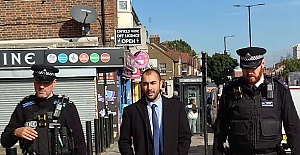 Enfield Labour welcomes new court order to stop antisocial behaviour in Edmonton Green
Enfield Labour welcomes new court order to stop antisocial behaviour in Edmonton Green David Lammy arrives in Downing Street after becoming deputy prime minister
David Lammy arrives in Downing Street after becoming deputy prime minister CTCA UK Condemns the Political Forcing Out of Afzal Khan MP for Engaging with Turkish Cypriots
CTCA UK Condemns the Political Forcing Out of Afzal Khan MP for Engaging with Turkish Cypriots Tatar: “Reaction to MP’s TRNC visit is yet another stark example of the Greek Cypriot leadership’s primitive and domineering mentality”
Tatar: “Reaction to MP’s TRNC visit is yet another stark example of the Greek Cypriot leadership’s primitive and domineering mentality” 102nd Anniversary Celebration Ball of the Republic of Türkiye in London
102nd Anniversary Celebration Ball of the Republic of Türkiye in London Latest! Israeli navy intercepts Global Sumud Flotilla as it approaches Gaza to break siege
Latest! Israeli navy intercepts Global Sumud Flotilla as it approaches Gaza to break siege Enfield Labour Calls for Public Feedback on Crime and Safety Concerns
Enfield Labour Calls for Public Feedback on Crime and Safety Concerns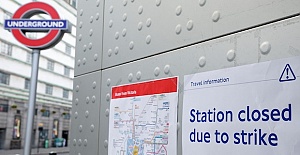 Important Travel Updates: London Underground and DLR Strike Action
Important Travel Updates: London Underground and DLR Strike Action Champions League, Liverpool lose at Galatasaray
Champions League, Liverpool lose at Galatasaray Liverpool flew out for their Champions League match against Galatasaray
Liverpool flew out for their Champions League match against Galatasaray Enfield Council has approved plans for Surf London
Enfield Council has approved plans for Surf London Zlatan Ibrahimović receives UEFA President’s Award
Zlatan Ibrahimović receives UEFA President’s Award Maritime Finance and Sustainability Take Centre Stage at LISW25 Gala Dinner
Maritime Finance and Sustainability Take Centre Stage at LISW25 Gala Dinner London welcomes traders back to the reopened Seven Sisters Market
London welcomes traders back to the reopened Seven Sisters Market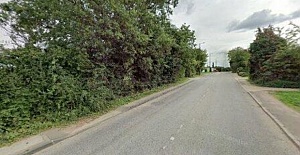 Enfield’s Crews Hill and Chase Park shortlisted for potential New Town
Enfield’s Crews Hill and Chase Park shortlisted for potential New Town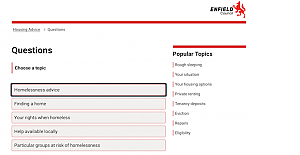 Important milestone achieved with no hotel placements for temporary accommodation
Important milestone achieved with no hotel placements for temporary accommodation





